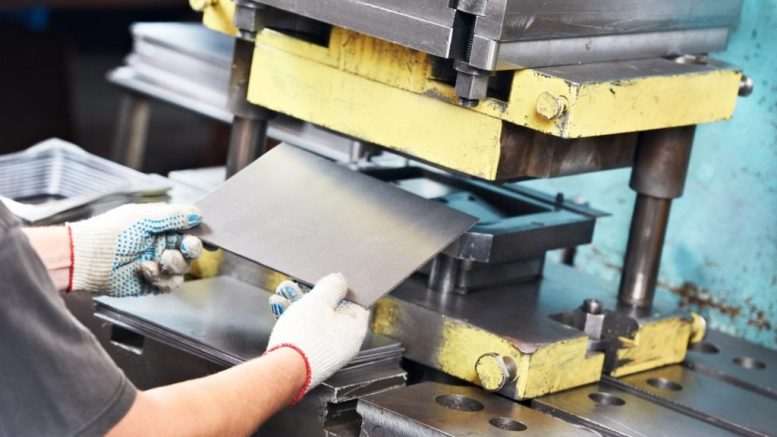Metal forming technologies are meant for the economic production of products required with high accuracy. More and more effort has been put into studying the subject because it is necessary to have very precise body and chassis parts in the automotive industry. The particular strength of a car model lies in experience and innovative capability when it comes to construction and manufacturing. Without metal forming, it would be difficult if not impossible to build cars. As a matter of fact, vehicles would not even exist. What is metal forming, anyway? It is the process by which metal is manipulated into specific shapes to create auto parts. If you want to know which are the most prominent metal forming technologies, keep on reading.
Bending
Bending is a manufacturing process by which sheet metal is subjected to stress and transformed into a curved sheet. If enough force is applied, the sheet metal bends at a certain angle and forms the desired shape. This operation may cause deformation along the axis, but it allows for the creation of more complicated components. What happens if not enough pressure is applied? Well, no permanent change is produced in the metal’s structure. As a rule, bending is used to make simple curved surfaces, and not complex ones. Not only does bending help create the desired geometric shape, but also it gives strength and stiffness to the sheet metal. So as to cope with the present and future demands of motorcars and commercial vehicles, an increasing number of leaders are taking advantage of this technological innovation.
Stamping
Metal stamping is the metalworking process which is used to transform sheet metal into specific shapes. The resulting pieces are later on used to manufacture larger products. What happens is that the sheet metal is placed into a stamping press, where a tool and die surface form the metal into a shape. The production of metal stamping dies can incorporate many phases. The steps which are involved in metal stamping are:
- Blanking and punching
- Piercing
- Drawing
- Coining
The automotive metal stamping industry is influenced to a large extent by metal consumption patterns in all applications segments. For a long time, this sector of activity has relied on cast iron, aluminium, steel, and, last but not least, titanium. These metals are deployed for the manufacturing of machinery, equipment, and tools. Examples include hubcaps and fenders. More and more companies are now using metal stamping. What used to be a rarity is now becoming a common practice.
Drawing
Drawing is the manufacturing process by which metal or glass is stretched with the help of tensile forces. Basically, the sheet metal is forced against a die which has been cut into a 3-D shape. Using this technique, it is relatively simple to produce complex shapes. Metal drawing is carried out at cold, which means that the metal sheet is maintained at room temperature. If we were to compare drawing to other metalworking processes, we would have to say that it is cost-effective, lowering construction costs. Success is based on two things when it comes down to metal drawing, namely the flow and stretch of the material. Wine, bar, and tube drawing are considered deep drawing owing to the fact that the part which is drawn has a greater depth than the diameter.
Extrusion
Extrusion is a metalworking process that implies forcing a piece of a certain length and cross-section through a die of a smaller cross-sectional area. The extruded parts are commonly referred to as extrudates. Extrusion can be used to make long metal objects, like tubs and rods. Needless to say, extrusion can be used to manufacture important parts of an automobile. Examples of metals that can be extruded include magnesium, aluminium, copper, zinc, titanium, and steel. Of course, the list does not end here. The advantage of using this particular manufacturing process is the elimination of scrap and waste which is usually generated by machine processes. What is more, there is no need for secondary machinery. Further complexities may be added during the manufacturing process so as to customize the extruded parts.
The bottom line is that metal forming is paramount for engineers who are working in automotive manufacturing and related sectors. The development of powerful processes and help from robots and manipulators is what contributes to major advancements. It is essential to understand that the most important things in automotive manufacturing and metal forming is due to the computer. In spite of the arrival of carbon fibre, the automotive industry relies heavily on sheet metal and this is because high volume production cars can be made with it. the fact of the matter is that metals are the main resource in this sector of activity. The future of the automotive industry largely depends on its needs. This means that there is no way of knowing what will happen.



Be the first to comment on "Introduction to metal forming technologies for automotive applications"